Vocabulary enhancement Normal Geometry Worksheets for Ages 4-5
6 filtered results
-
From - To
Boost your child’s vocabulary and geometry skills with our "Vocabulary Enhancement Normal Geometry Worksheets for Ages 4-5" at Kids Academy. Designed specifically for preschoolers, these worksheets make learning geometry fun and interactive. Through engaging activities, young learners will explore basic shapes, spatial awareness, and descriptive language. Children will improve their ability to identify and articulate geometric concepts, translating visual information into words. These carefully crafted worksheets not only build foundational math skills but also work to enhance verbal and cognitive development. Create a fun, educational experience that prepares your child for future academic success. Start building essential skills today!
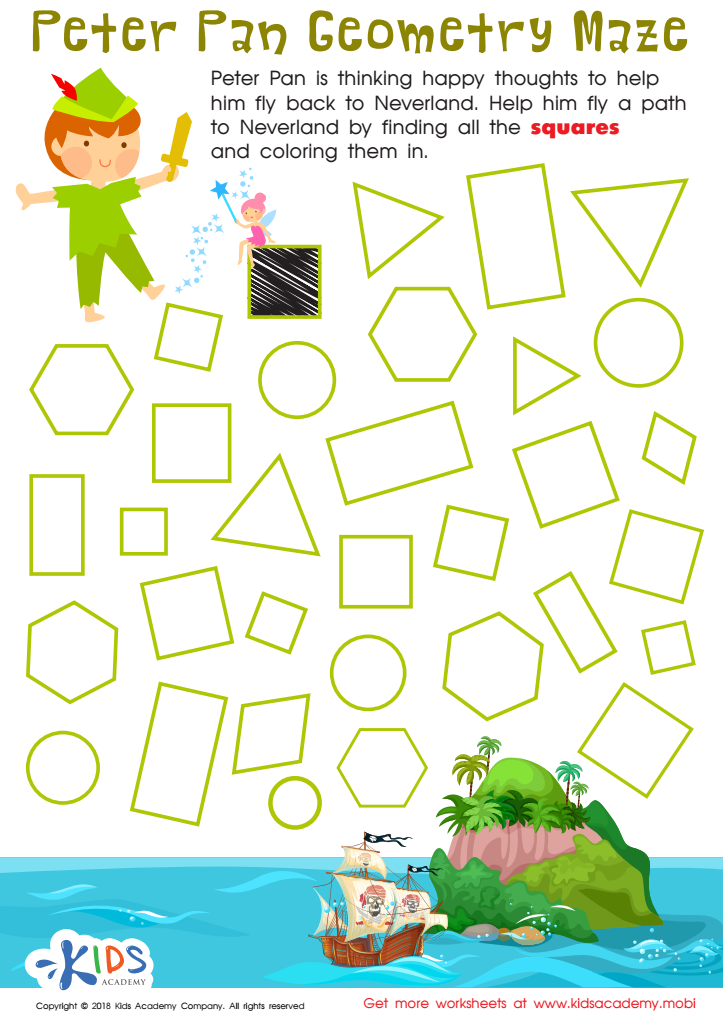

Peter Pan Worksheet
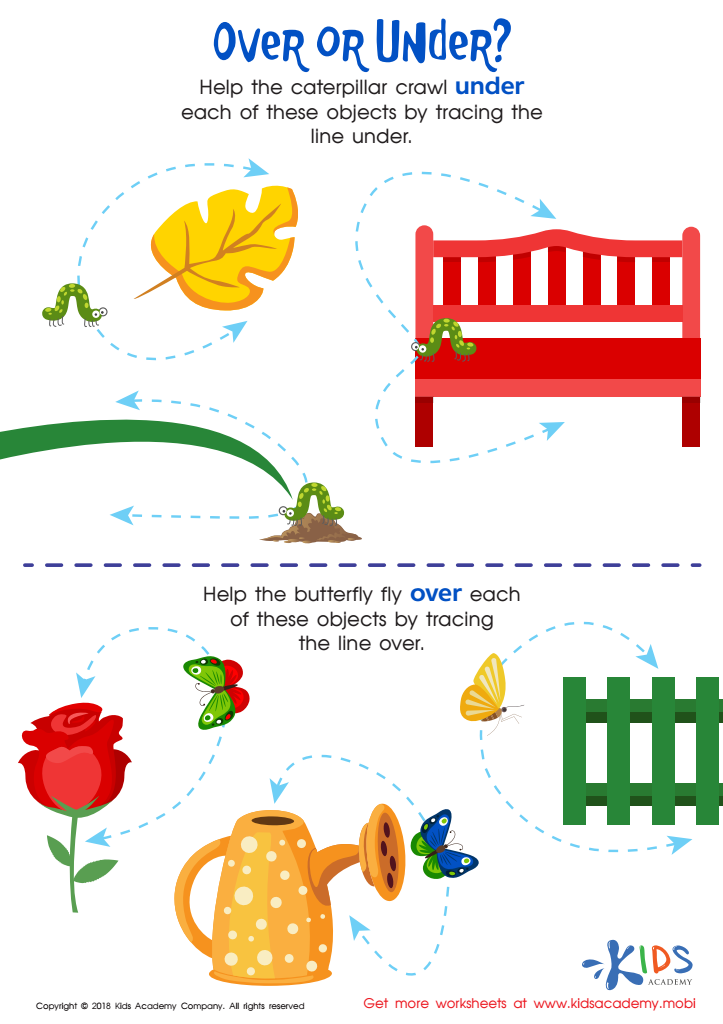

Over or Under? Worksheet
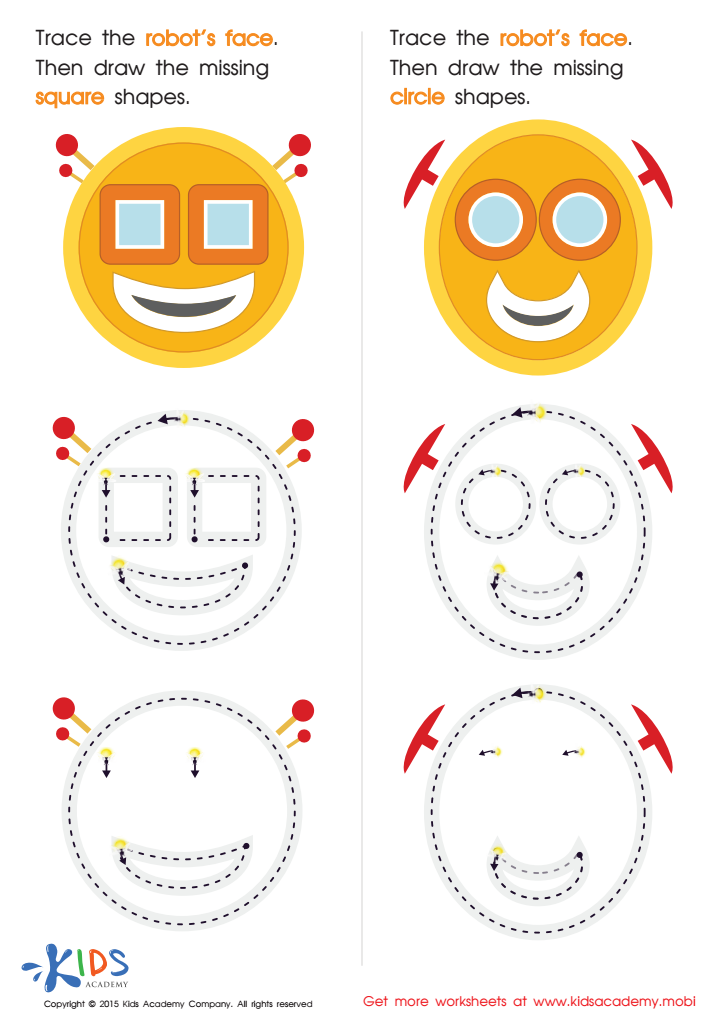

Practicing to Draw Circles And Squares Printable
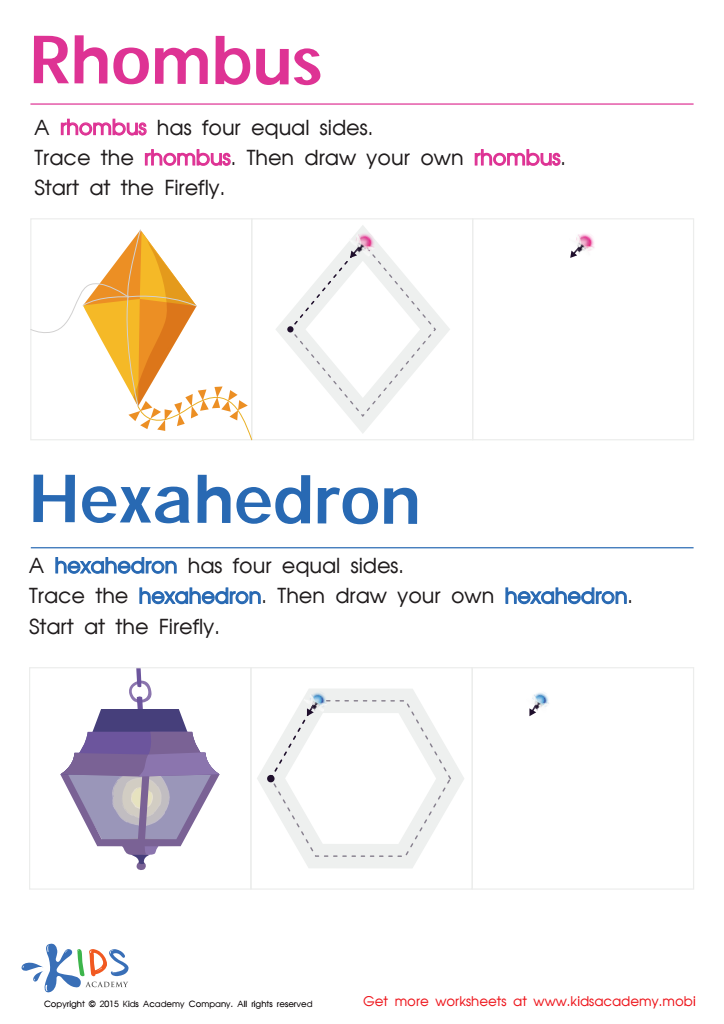

Draw a Rhombus And a Hexahedron Printable
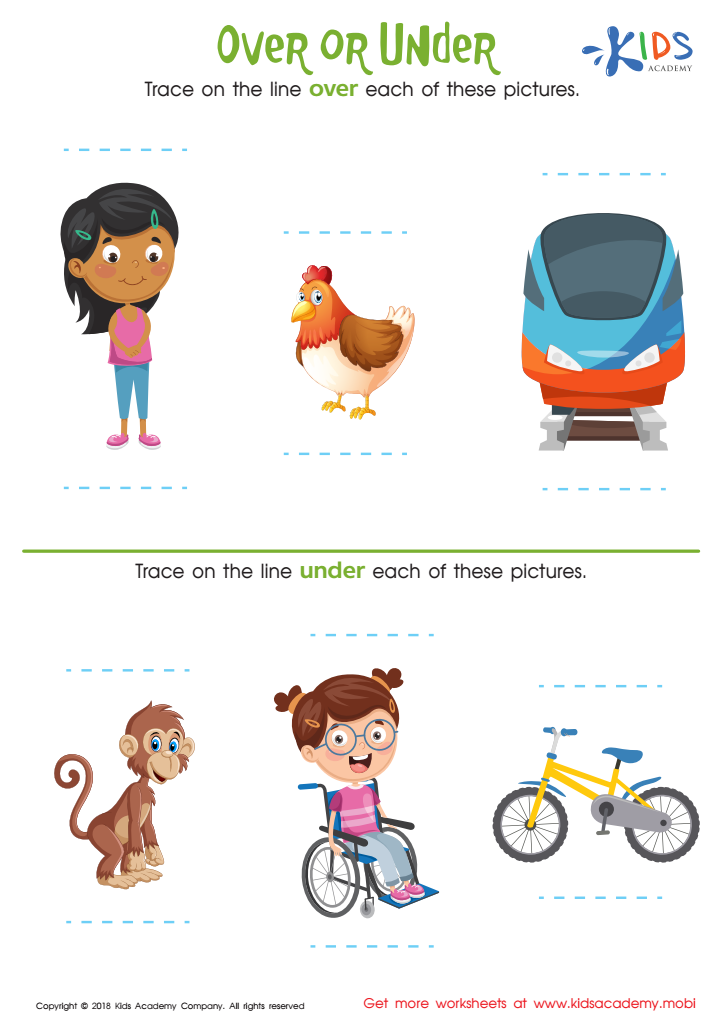

Over or Under Worksheet
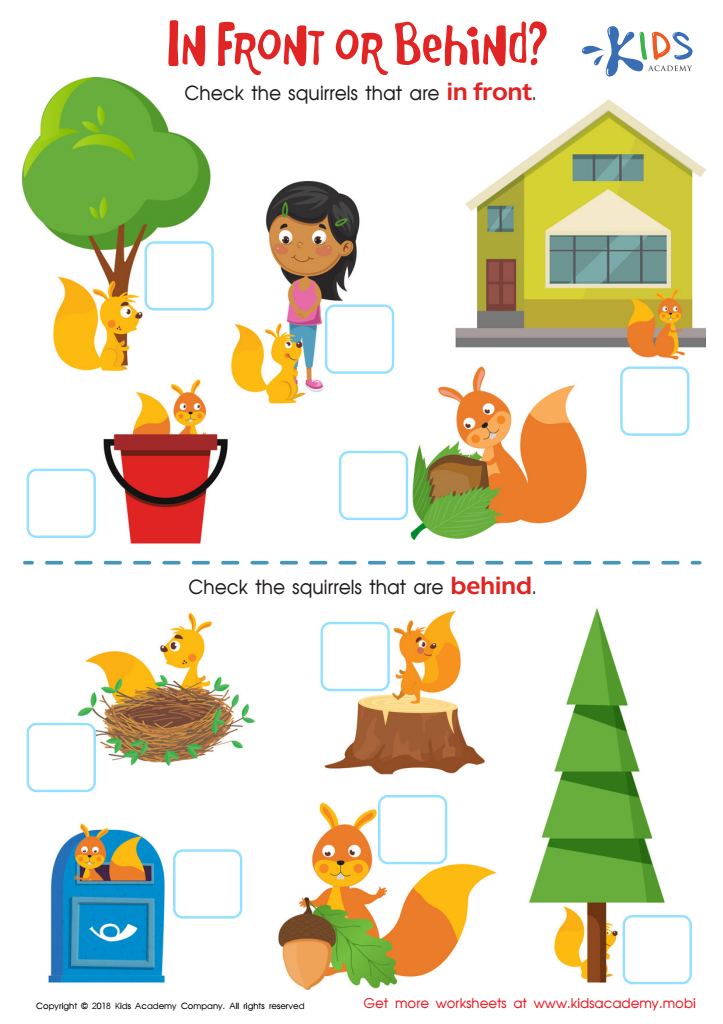

In Front or Behind: Part 2 Worksheet
Parents and teachers should prioritize vocabulary enhancement in normal geometry for children aged 4-5 because it lays a critical foundation for mathematical and cognitive development. Early exposure to geometric terms such as "circle," "square," "triangle,"—and concepts like "inside," "outside," "above," and "below"—helps young learners develop spatial awareness and descriptive language skills. At this formative stage, children are naturally curious and absorb new information rapidly; incorporating geometry into their vocabulary capitalizes on this curiosity and primes them for future academic success.
Understanding basic geometric concepts through engaging, age-appropriate activities like puzzles, drawing shapes, and hands-on manipulation of objects can also improve fine motor skills and hand-eye coordination. More importantly, early vocabulary enrichment promotes confident communication, enabling children to express their observations and thoughts clearly. This confidence often transcends into other areas of learning, fostering a positive attitude towards education.
Acknowledging geometry in everyday surroundings further immerses children in practical learning experiences. For instance, identifying and naming shapes in their environment not only reinforces their vocabulary but also enhances critical thinking and problem-solving abilities. A strong geometrical vocabulary is an early investment that will immensely benefit their academic journey in mathematics and other interconnected disciplines.
 Assign to My Students
Assign to My Students















